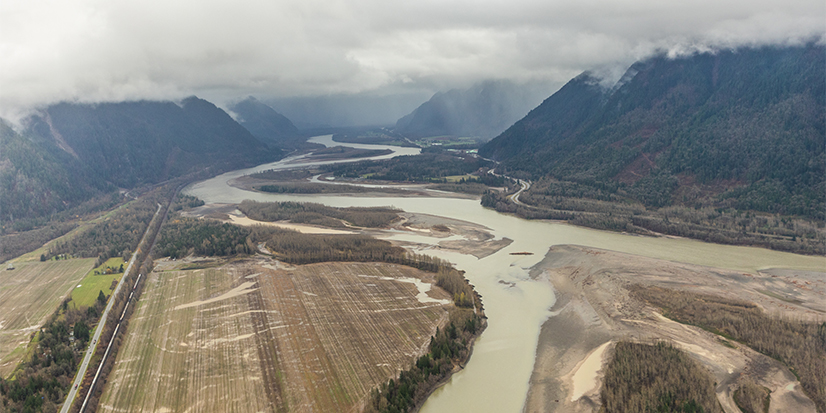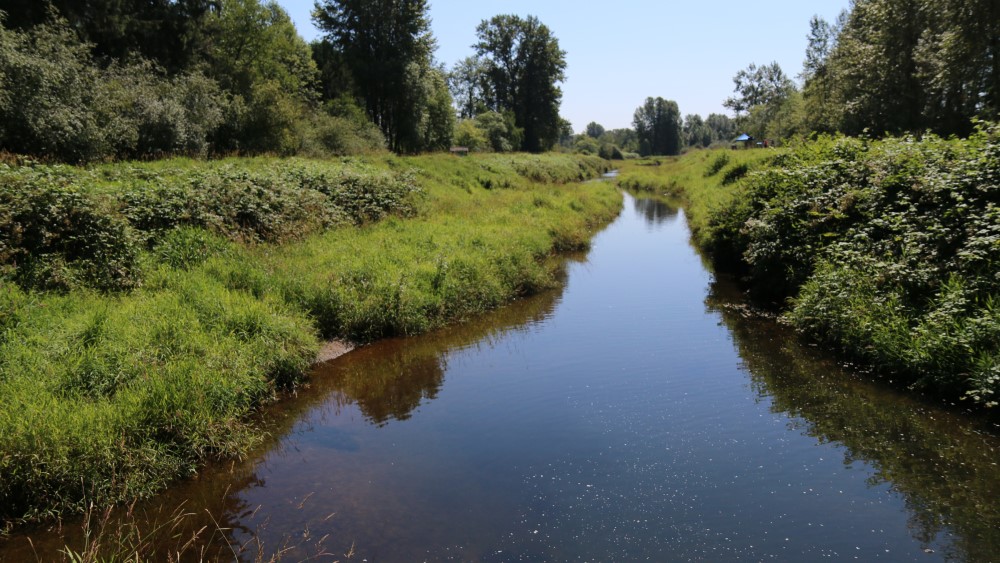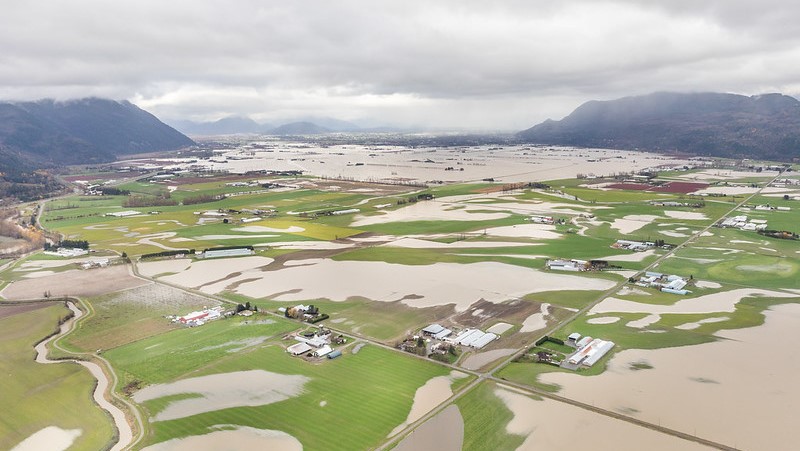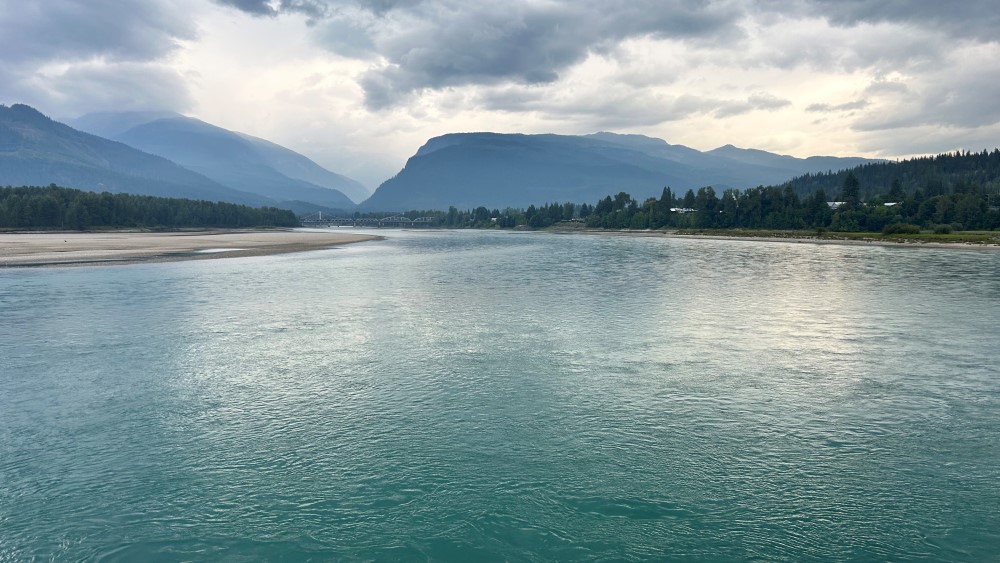Integrated flood hazard management
The B.C. Government aims to reduce the impacts of flooding on people, communities and infrastructure in the province. We're committed to providing policies, regulations, guidelines, funding and useful information.
B.C. has a comprehensive new Flood Strategy (PDF, 10.3MB) to protect all British Columbians. Further information can be found at B.C. Flood Strategy.
Integrated flood hazard management helps local governments, diking authorities, provincial ministries and others to:
- Manage land use in flood hazard areas
- Manage flood protection systems and maintain dike safety
- Disaster mitigation programs
Each of these measures individually contributes to the reduction of flood risk and damage, but the most effective strategies combine all three.
In order to implement suitable protection measures, and to avoid making a problem worse or pushing the problem to another jurisdiction, we must understand the:
- Type of flood
- Source of flooding
- Probability of flooding
- Vulnerability of assets
Both Canada and B.C. have signed the UN Sendai Framework for Disaster Risk Reduction, which includes four priorities related to knowledge, governance, funding, and disaster preparedness. The Sendai Framework sets global targets and pathways for disaster risk reduction and advocates a whole-of-society approach.

Understanding flood risk
Flooding is a common occurrence in B.C. Increasing knowledge and understanding of flood risks is critical to effectively build flood resilience over time.

Flood risk governance
We work with local governments, First Nations and partner agencies to prepare and respond to flood emergencies.

Investing for flood resilience
Communities can access funding to prepare and respond to flood emergencies.

Flood preparedness, response and recovery
Learn more about how to prepare for a flood event, what to do prior to and during a flood, and how to get help after a flood.

B.C. Flood Strategy
B.C. has a comprehensive new Flood Strategy to protect all British Columbians and better prepare the province for future flood events.
